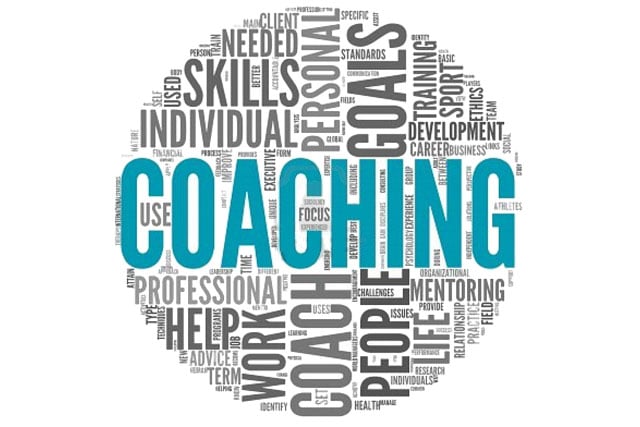Show and Tell – The Four-Step Training Method for Franchisee Personnel
Try this proven training technique to make your training more effective and reduce personnel turnover.
By Marla Rosner, Senior Learning & Development Consultant, MSA Worldwide
Improving training effectiveness in your franchise
Effectively training your employees is probably the most important investment you can make. After all, they are the folks who interface with your customers and have a direct impact on customer satisfaction, repeat business, and referral business. Investing in employee training also reaps other rewards; employees who feel confident and competent stay on the job longer, reducing the cost of turnover.
Well-trained employees are happier, stay longer, and do a better job. In most studies of what makes an employee happy, being properly trained for the job usually comes in higher than getting more money. Training is that important.
At a minimum, in most good franchise systems, the franchisor will provide you with material to use in training your employees such as checklists and manuals. As franchisors grow and mature, many are able to invest in distance learning methods such as webinars and e-learning to provide training directly to your employees. But what do you do if your franchisor doesn’t provide you with employee programs? You create them yourself. Many multi-unit franchisees create their own infrastructure for training and find the need to supplement training provided by the franchisor. This may include designating a position devoted to training unit managers and employees within their organizations, and conducting group training programs that include employees from more than one location.
Role-Playing
One effective training method franchisees can employ is role-playing. Role-playing allows your staff to experience different customer service situations and practice different solutions.
You provide a “what if” situation to a new employee and then they practice how they would handle the situation, with you in the customer role. It gives you a chance to evaluate their strengths and to give them pointers on what to do in different situations. Additionally, from the standpoint of retaining information, the active learner is far more likely to absorb information than one who passively listens to a presentation by a well meaning manager.
For developing strong customer service skills, role-playing is a very effective technique.
Demonstration and Skill Practice: “Show and Tell”
Manual or technical tasks, on the other hand, are better trained by using a combination of demonstration and skill practice. Before jumping into a training session, however, break the job down into small easy-to-understand tasks or skills. Don’t overwhelm the trainee or try to teach too many different skills at the same time. If the job is to clean the customer seating area of a restaurant, first work on how to mop correctly, or how to sweep correctly, or how to wash off the tables correctly. Don’t try to teach multiple tasks at the same time. There are different tasks to be learned and each is important. Once you have broken down the tasks, take the learner through the following training steps:
Step 1: Show and Tell
The trainer explains each step of what he or she is doing while actually demonstrating or performing the task. The employee simply observes and asks questions. This gives the employee the chance to observe both the process, and what the end product or result is supposed to look like. It also gives the employee the opportunity to ask questions and to understand what will be expected of them.
Step 2: Guided Practice
The trainer leads the employee by telling them how to do each step while observing the employee performing the task. Speed is not important at this point; let the employee do the task slowly. Lead the employee through each step and make certain that each step is done correctly.
Step 3: Observed Practice
The employee explains each step of what he or she is doing while actually performing the task at half-speed. The trainer observes and, if needed, coaches. This step may be repeated several times until the employee is fairly comfortable with doing the task. The goal is to see how much the employee understands on his or her own.
Step 4: Follow-Up and Certification
The employee performs the task – at full speed – without any coaching or assistance from the trainer. This will show whether they are ready to do the job themselves and to work with real customers. The trainer observes and after successful completion, congratulates the employee.
Then, periodically observe the employee on the job and make certain they are continuing to do the job correctly. Reinforce the right way to do the job if you see the employee taking shortcuts or doing the job incorrectly. Remember to sandwich corrective statements in between positive statements.
In Summary
Training can be time-consuming, and it can be expensive. But a thoroughly trained employee, who serves your customers well, will quickly pay dividends on your investment.
Marla Rosner is the Senior Training Consultant for MSA Worldwide, a domestic and international franchise advisory firm. She has excelled as a training professional for over twenty years.
Do you have questions about franchise training programs?
MSA Worldwide provides expert guidance on providing franchisees with the information they need to train their teams to consistently deliver your brand promise. Contact us today for a complimentary consultation.







